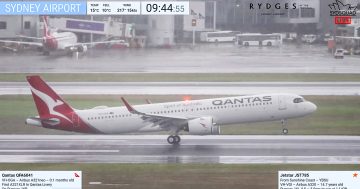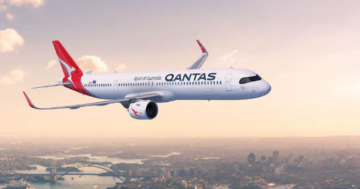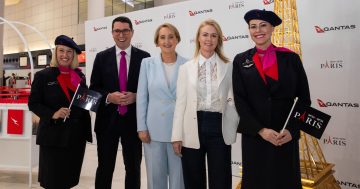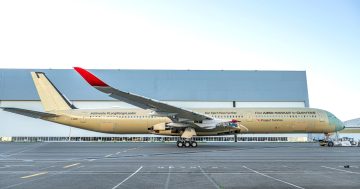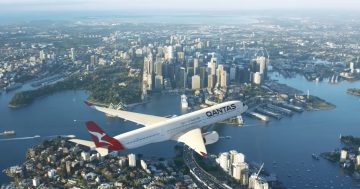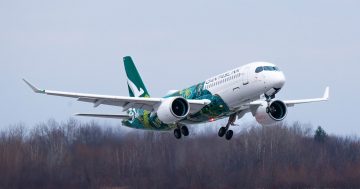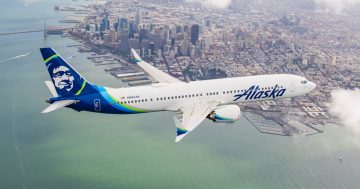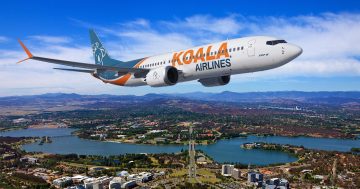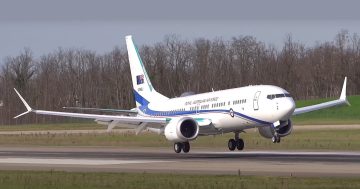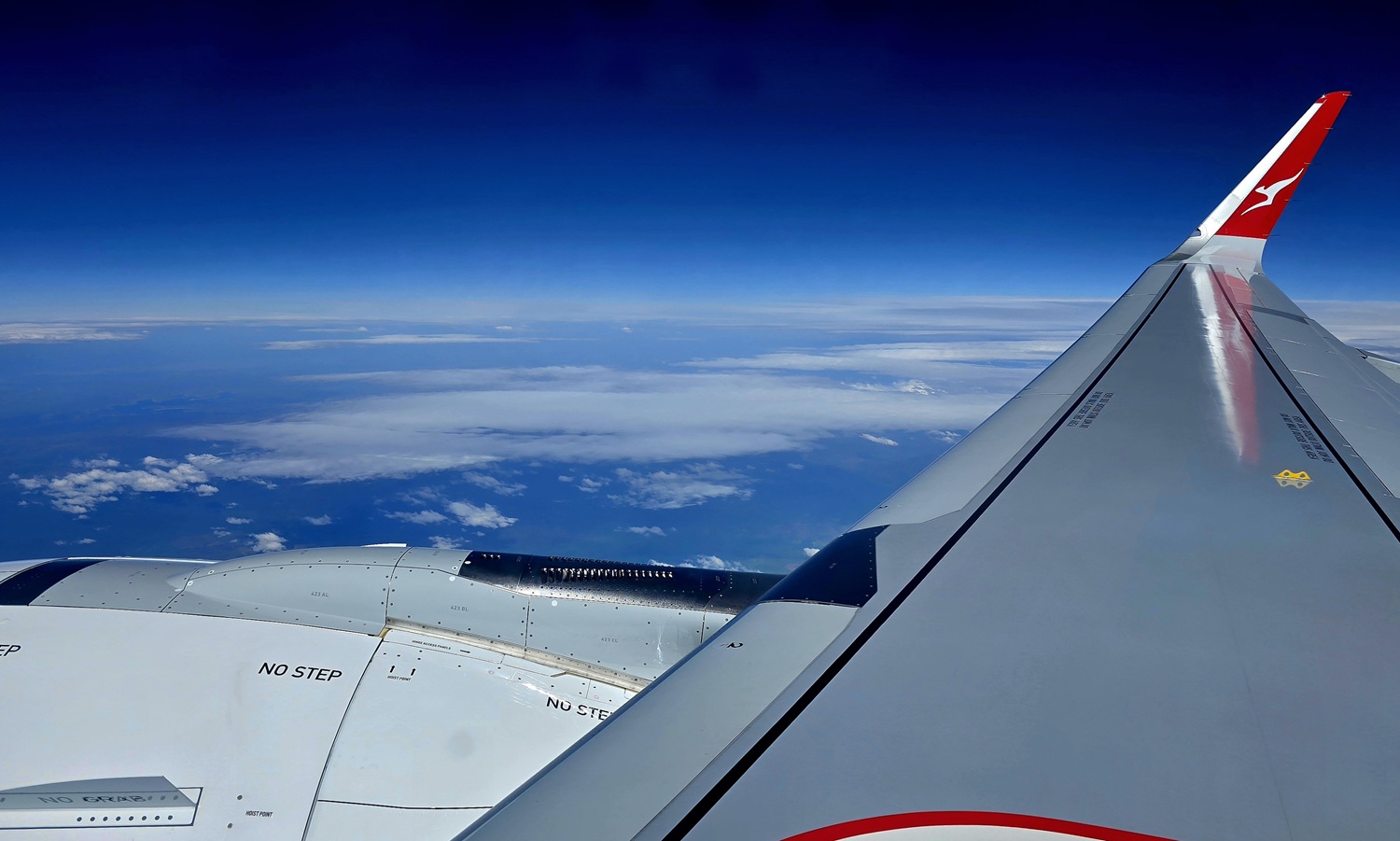
The extra power and quietness of the A321XLR’s new engines is noticeable. Photos: Andrew McLaughlin.
Whoa! was the collective exclamation that echoed through the cabin as the new A321XLR leapt into the sky off Sydney’s Runway 34 Right on its way to Melbourne.
Despite being lightly loaded, the quietness of the cabin, smoothness of the acceleration, and the powerful climb-out clearly surprised even the most seasoned of travellers on board.
And so began the first passenger flight of Qantas’s new single aisle airliner, the Airbus A321XLR on 25 September, and I was fortunate to be one of the lucky 120 or so passengers on board for the event.
The A321XLR is the latest development of the familiar A320 Family of airliners which has been in service for nearly 40 years, including in Australia with operators such as Ansett, Air New Zealand, Jetstar, Network Aviation, and now Qantas.
The silhouette of the XLR will be familiar, particularly to those who have flown on its older A320 and A321 jets. And outwardly, there is nothing particularly new or revolutionary about the XLR compared to its A320NEO and A321LR NEO brethren that are becoming increasingly common sights in Australian skies.
The A320 Family has always been popular with low-cost airlines compared to the rival Boeing 737 due to its larger underfloor storage which can accommodate containers, allowing for quicker turnarounds than the having to load or unload bags individually in the 737.
The NEO – for new engine option – series of the A320 Family was introduced in 2017, the biggest change being the newer generation CFM International LEAP or Pratt & Whitney PW1100G geared turbofan engines which provide more power and fuel savings of up to 25 per cent over the previous generation of engines.
The NEO upgrade also offers revised cabin layouts with larger overhead bins and thinner cabin wall panelling providing additional seat width, and in the case of the longer A321NEO and XLR, additional overwing emergency exits which allows seating capacity to be increased to more than 230 in high-density layouts.
The XLR came about because of a growing gap in the single-aisle airliner market above the 737 and A320 Family, a market that was once the domain of Boeing’s larger but ageing 757.
But the 757 production line closed in 2004, and older models of that aircraft dating back to the 1980s and 1990s are rapidly being retired. This means some airlines have had to abandon long and ‘thin’ routes due to the smaller aircraft not having sufficient range, or were forced to acquire more expensive to buy and operate wide-bodies like the Boeing 787 or Airbus A330.
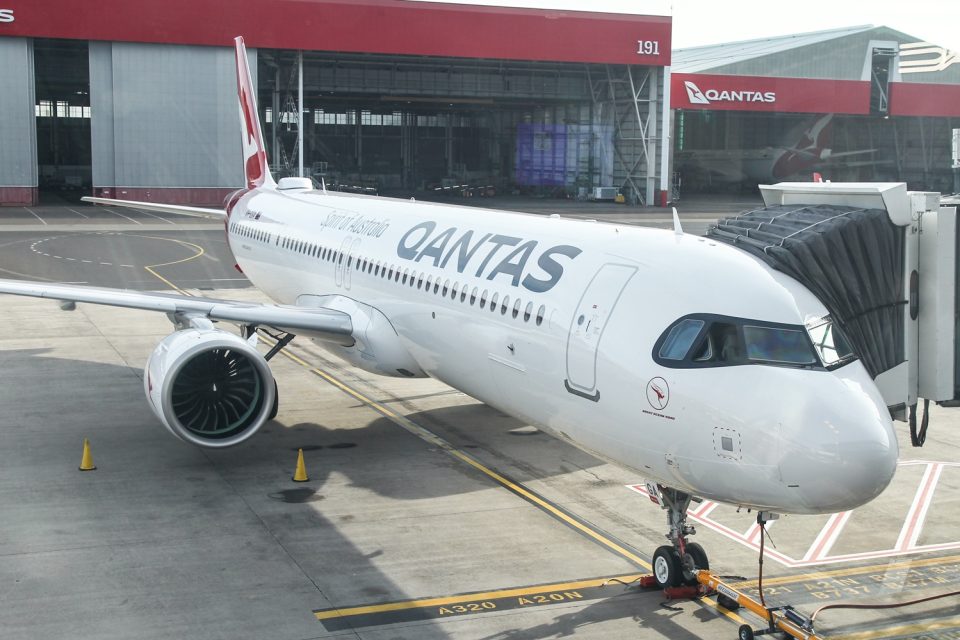
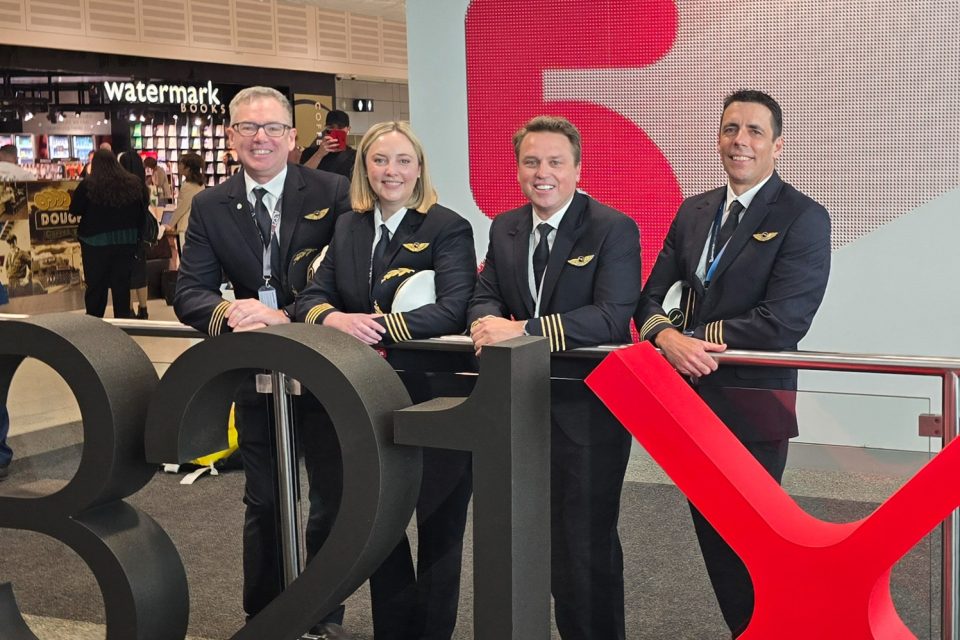
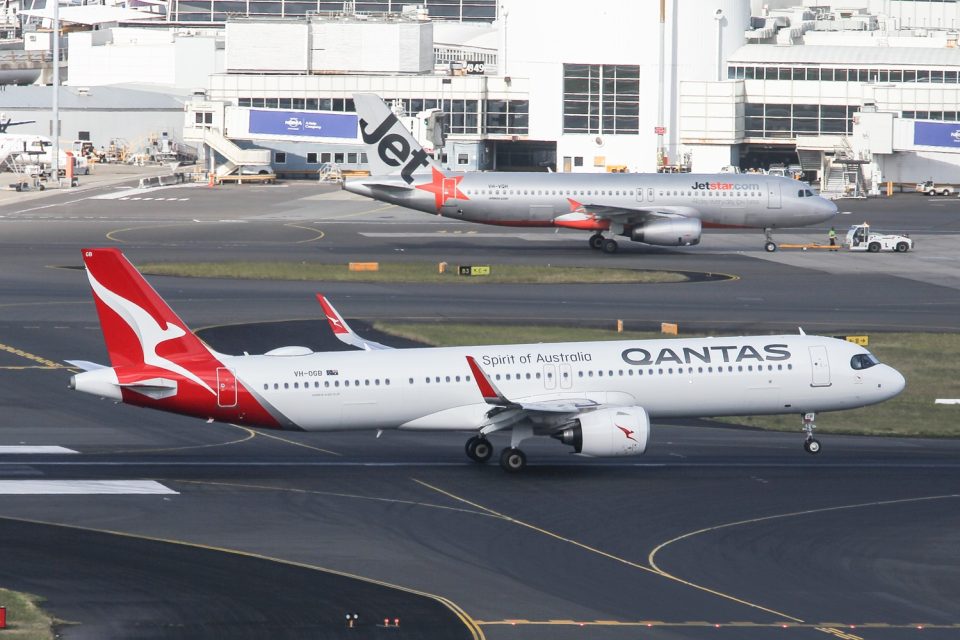
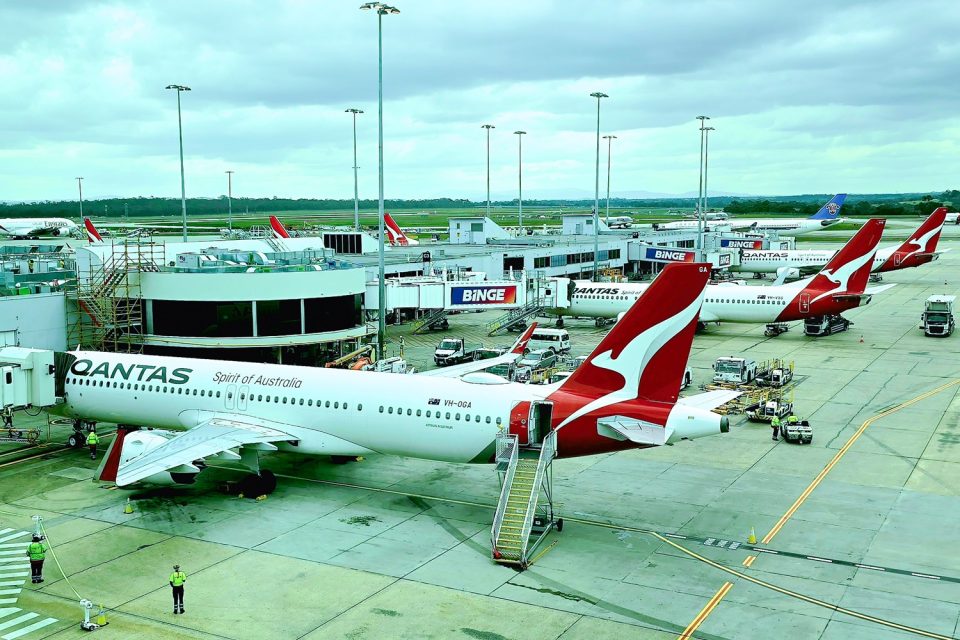
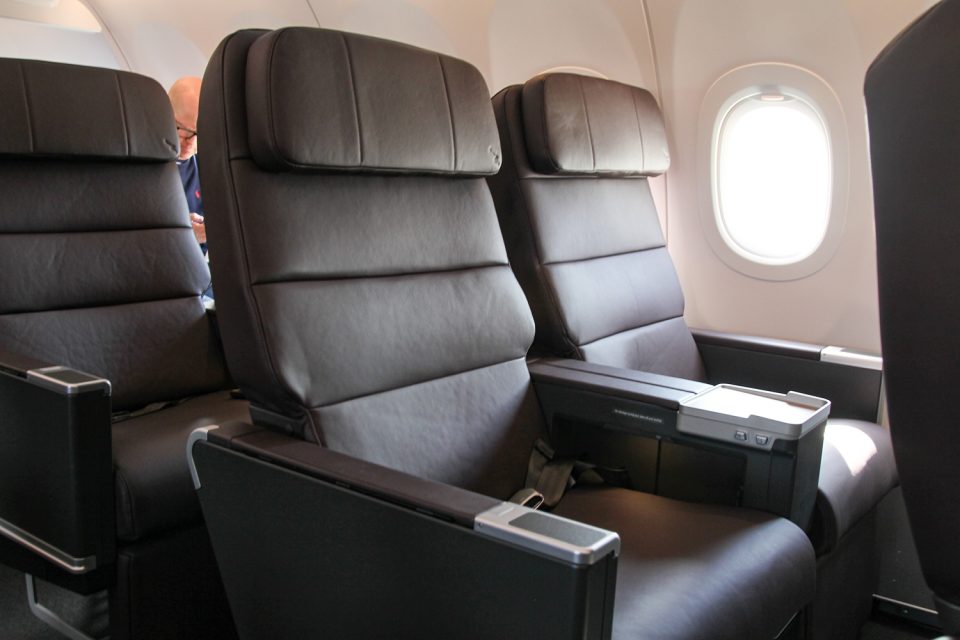
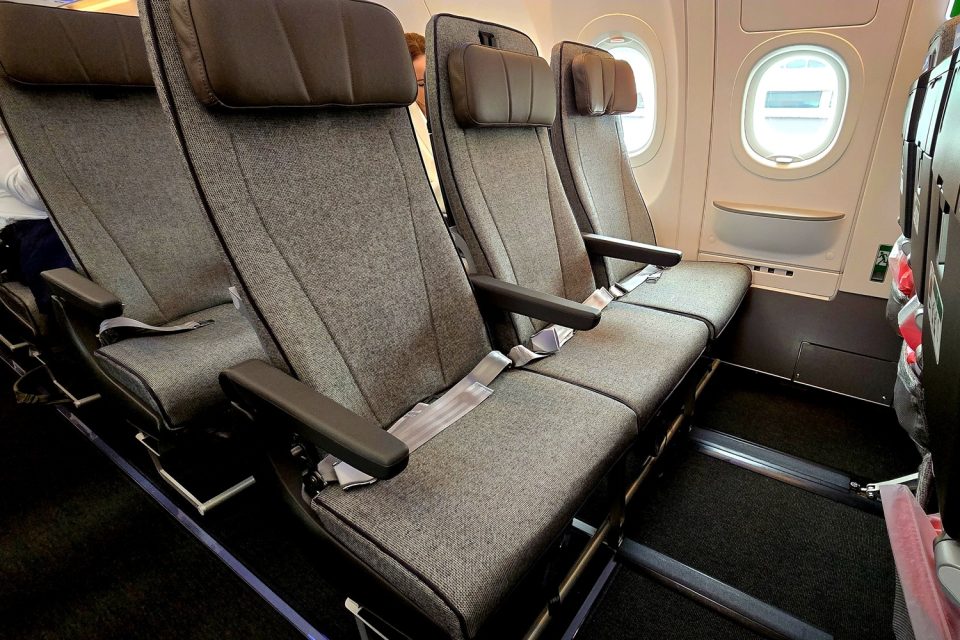
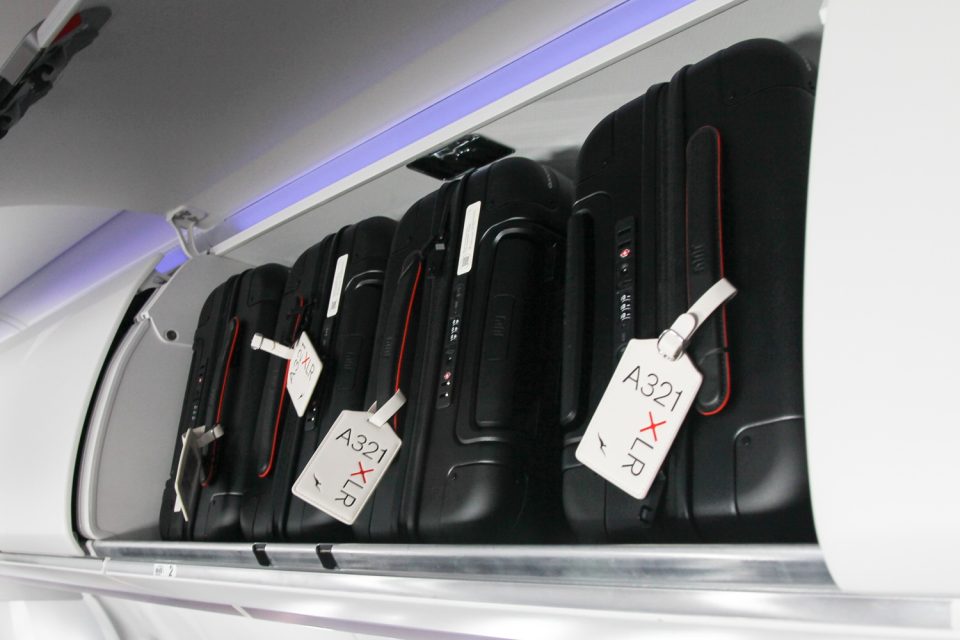
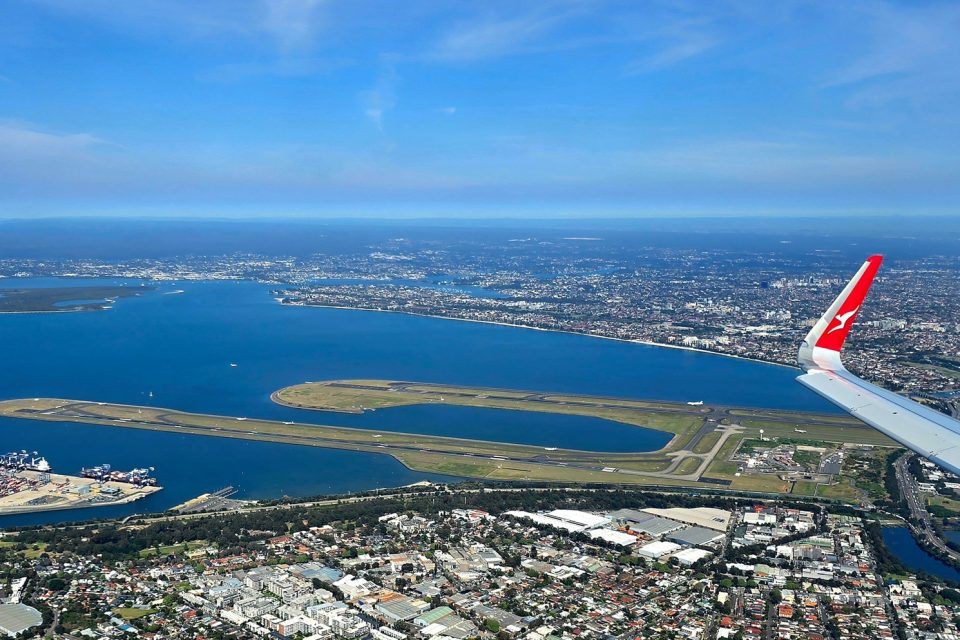
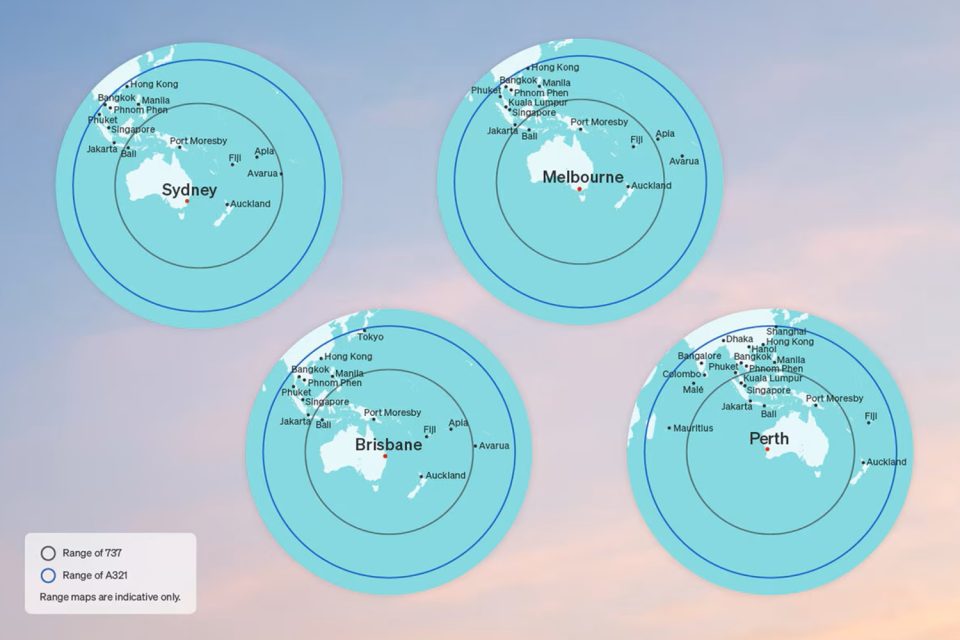
A new 737 or A320NEO costs about US$75 million at list prices – although airlines do get significant discounts for large orders. For most flights, they typically require two pilots and up to five cabin crew.
By comparison, a twin-aisle A330NEO or 787-8 costs more than US$200 million, requires seven or eight cabin crew, and they use much more fuel due to their size and weight. But for longer range flights that don’t require up to 300 or more seats, these larger aircraft are not economical, hence the success of the older 757 and the need for a new aircraft to fill that niche.
Enter the XLR. The delivery flights of Qantas’s two XLRs delivered to date have amply demonstrated the new aircraft’s range capabilities, with both aircraft flying from Hamburg in Germany to Australia with just one stop in Bangkok.
Nonstop legs such as the nearly 9000 km from Hamburg to Bangkok were once the domain of only the largest airliners. But Qantas has clearly demonstrated how the XLR could open up many new routes for the airline that may have once been considered non-viable, or could even replace larger aircraft such as the A330.
The XLR achieves this because it has been further developed from the A321LR NEO through the addition of an extra fuel tank in the belly of the aircraft, and strengthened landing gear to cater for the extra weight. Rather than these features being just bolt-on options, the XLR underwent an additional certification process to ensure the changes meet international safety regulations.
For Qantas passengers, there is nothing particularly remarkable about the XLR’s interior, except to say it is a big improvement in space and overall ‘airiness’ compared to the older 737-800s it will replace.
The 20 business and 177 economy class seats have already been seen on the airline’s new and smaller A220 regional airliners commonly seen in Canberra, Melbourne and Hobart. They feature in-seat USB-A and USB-C charging, inflight Wi-Fi, and a small folding shelf for a personal device such as an iPad, but no in-seat entertainment screen.
A nice touch for our first flight was a diversion to fly over the Great Ocean Road – in deference for the aircraft’s name – to see the 12 (actually, seven) Apostles and the surrounding coastline from low level, before proceeding to land at Melbourne. The return flight was conducted as if it were a normal flight on what is the third busiest city-pairing route in the world.
I was fortunate to experience business class on the first leg from Sydney to Melbourne, and it is comfortable and spacious. The economy class seat was also OK if a little hard, and I’m not sure with my big frame whether I would enjoy a longer flight.
Qantas has 48 A321XLRs on order, the last 16 of which will be equipped with lie-flat business class seats for longer-range and international services. From aircraft number four onwards, the XLRs will also be equipped with a fourth lavatory, as the current three really is insufficient for nearly 200 passengers.


